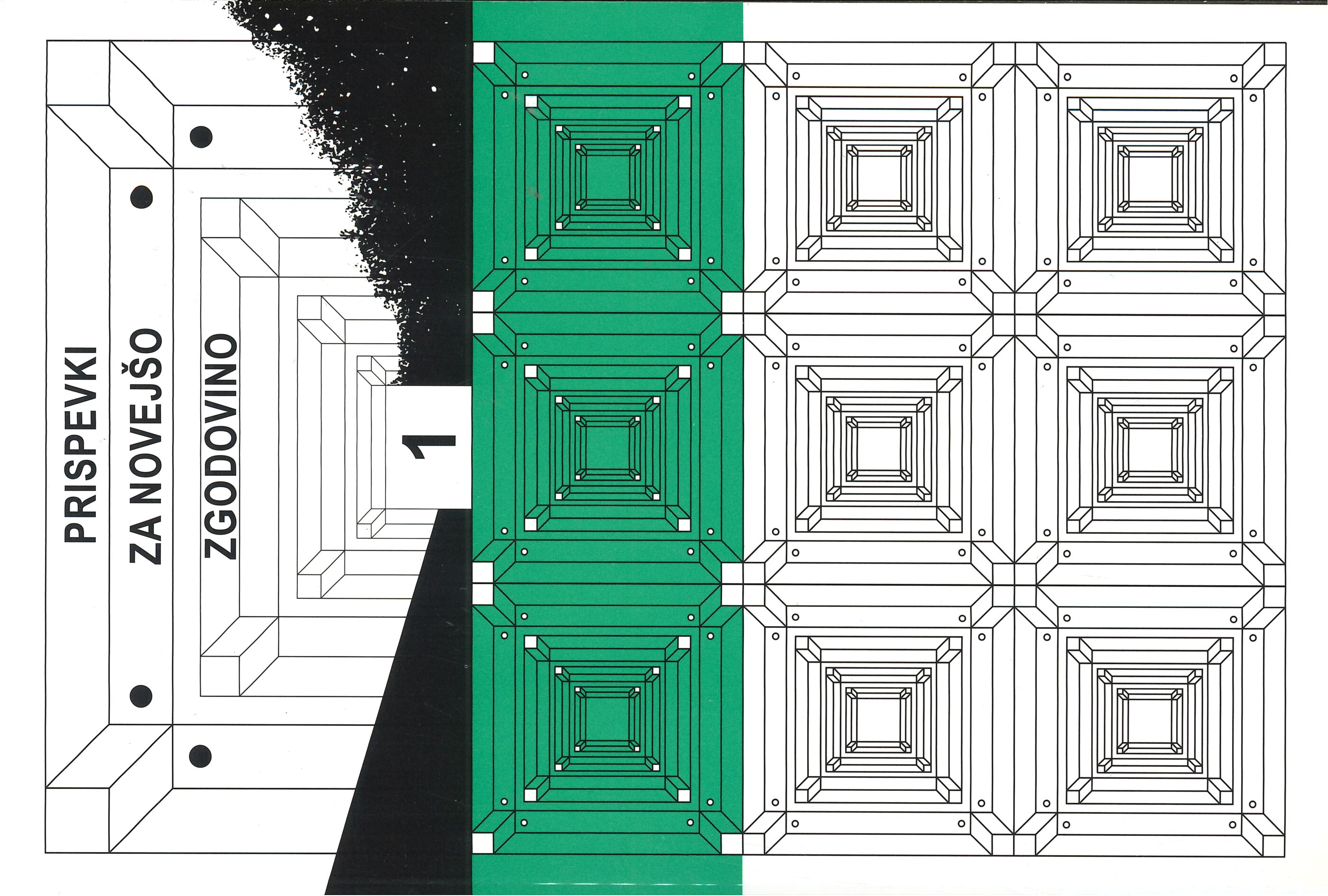Oblikovanje vojne strategije med političnimi dejavniki po okupaciji Slovenije in njihova (ne)pripravljenost za skupen nastop
Ključne besede:
okupacija, Komunistična partija Slovenije, politične stranke, demokracija, ideologijaPovzetek
Avtor v prispevku obravnava oblikovanje medvojne strategije med političnimi dejavniki po okupaciji in razkosanju slovenskega ozemlja ter njihovo nepripravljenost za skupen nastop. Po 22. juniju 1941 so bile vse slovenske politične skupine postavljene pred nove izzive in prisiljene k (pre)oblikovanju svoje strategije. Prišlo je do novega vzpostavljanja političnih razmerij, pri čemer sta se postopoma izoblikovala dva pogleda, od katerih je eden zagovarjal pasivnost (vodstva predvojnih legalnih strank), medtem ko je drugi vzpodbujal k aktivni drži (različne heterogene opozicijske skupine) ter je menil, da se mora predvojna strankarska elita umakniti iz političnega življenja. V razmerah po okupaciji so se najbolj znašli slovenski komunisti s svojo strategijo, ki je temeljila na oboroženem odporu proti okupatorju, ter postali zmagovalci začetnega pozicioniranja sil. Začetni preskok iz maloštevilne ilegalne stranke v množično odporniško gibanje organizirano v Osvobodilni fronti, je predstavljal pomemben korak k povojnemu prevzemu oblasti, čeprav se je njegova strategija izoblikovala postopoma.
Prenosi
Objavljeno
Številka
Rubrika
Licenca
Avtorji prispevkov, objavljenih v tej reviji, soglašajo z naslednjimi pogoji glede avtorskih pravic:
- Avtorji ohranijo avtorske pravice, reviji pa odobrijo pravico do prve objave. Delo se hkrati zaščiti z licenco za prosto uporabo avtorskih del (Creative Commons Attribution License), ki drugim osebam omogoča deljenje dela ob priznanju avtorstva in prve objave v tej reviji.
- Avtorji lahko sklenejo ločene dodatne pogodbene dogovore za neizključno distribucijo različice dela, objavljene v reviji, (npr. oddaja v institucionalni repozitorij ali objava v knjigi) z navedbo, da je bilo delo prvič objavljeno v tej reviji.
- Pred postopkom pošiljanja in med njim lahko avtorji delo objavijo v spletu (npr. v institucionalnih repozitorijih ali na svoji spletnih strani), k čemer jih tudi spodbujamo, saj lahko to prispeva k plodnim izmenjavam ter hitrejšemu in obsežnejšemu navajanju objavljenega dela (glej The Effect of Open Access).


